QR Code
Now you can edit the QR code.
Share
The origins of the QR code scanner date back to the advent of the barcode in the late 1940s. After an executive from a food retailer challenged the tech industry to invent an automated product identification system, Norman Joseph Woodland and Bernard Silver rose to the occasion. Their bullseye-style barcode design patented in 1952 provided the technological genesis for modern optical scanning. However, the cost was a barrier to widespread adoption until lasers made scanning systems economical for supermarkets in the 1970s. The Universal Product Code developed in the 1970s then standardized one-dimensional barcode logging for inventory tracking.

QR codes have become an integral part of our daily lives. That familiar black-and-white pixelated square popping up everywhere lately serves as a portal between the physical and digital realms. The QR code has emerged from its humble beginnings to become a ubiquitous feature of the modern world. QR codes now appear on everything from advertisements, product packaging, and retail displays to restaurant menus, event tickets, and even gravestones.
This massive proliferation means most people encounter QR codes frequently in their everyday lives. Yet the inner workings of how QR codes actually function remain a mystery to many. The hidden hero enabling each QR code is the scanner that can rapidly read and interpret the information encoded in those cryptic squares. As scanners continue advancing in tandem with the codes themselves, understanding the technology that drives QR code scanners provides insight into their immense utility across countless industries.
QR code stands for "Quick Response" code. It is a type of matrix barcode (or two-dimensional barcode) that was invented in 1994 by the Japanese company Denso Wave.
At the most basic level, a QR code consists of black squares arranged in a square grid on a white background. It is similar to a traditional one-dimensional barcode in that it can encode data that are then read by an imaging device like a smartphone camera. However, QR codes differ in that they require a two-dimensional image sensor and specialized software to scan and interpret the encoded information.
As suggested by its name, when a device scans a QR code, it can quickly decode and react to the embedded data, whether it's a URL, text, contact information, or something else entirely. This quick response time, coupled with their ability to hold exponentially more information than regular barcodes, are two of the main advantages that have made QR codes immensely popular around the world.

A scanner serves as the indispensable intermediary between the physical QR code and the data it conveys. By converting optical visual patterns into meaningful information, scanners unlock the utility of QR codes.
Though scanner software complexity has increased exponentially, the basic QR scanning process remains straightforward:

- Image Capture - The scanner uses a camera to take a digital photo of the QR code placed in the scanner's field of view.
- Detection - The software detects the presence of a QR code by locating the three finder patterns at the corners.
- Orientation - Perspective and rotation are adjusted by mapping the finder patterns so the code aligns square to the scanner.
- Mask Removal - Software stripping away the masking pattern reveals the raw data grid.
- Sampling - Each grid pixel is assigned a binary 0 or 1 value based on color to recreate the embedded binary data.
- Error Correction - Data reconstruction techniques counteract damage or distortion in the code.
- Decoding - The binary data gets converted into the payload text, URL, etc.
- Output - Finally, the scanner outputs the decoded QR code information.
Visit the QR Code Scanner website: Navigate to the QR Code Scanner website at https://qrcodescanner.org. This is a free online tool that allows you to scan QR codes using your device's camera. QR codes are square-shaped patterns that contain information such as links, contacts, or passwords.
Grant camera access: When prompted, allow the website to access your device's camera. This is necessary for the website to capture the image of the QR code and decode it. You may see a pop-up window or a notification bar asking for your permission to use the camera. Tap on Allow or OK to grant access.

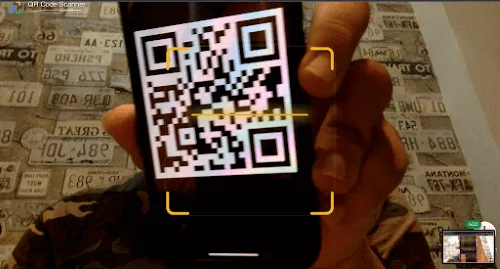
Position the QR code: Ensure that the QR code is properly framed and centered in your smartphone or computer's camera's viewfinder. Adjust the distance between your camera and the code until the image is clear. The website will show you a preview of what your camera sees. Try to align the edges of the QR code with the corners of the viewfinder. If the image is blurry, move your camera closer or farther away from the code until it becomes sharp. You can also get a QR code with an image. You will find the option of image scan at the right bottom of the page.
Stabilize your camera: If you are using a QR Code Scanner on a mobile phone then keep your hands steady while scanning to allow the camera to capture a sharp image of the QR code. If you move your camera too much, the image may become distorted or unreadable. You can also use a tripod or a stand to hold your device in place. If you are using a laptop or a desktop, then position your webcam in such a position that the camera can capture the code. In case the image is blurry or distorted, try changing the distance or angle of the webcam.
Initiate the scan: The app will automatically scan the QR code once it is properly aligned. You will receive a notification when the scan is successful. You do not need to press any button or tap on the screen to start the scan. The website will detect and process the QR code in seconds. You will see a green check mark or a sound effect when the scan is done.
Follow the prompts: After scanning, follow the on-screen prompts to take action on the data encoded in the QR code. This may include opening a website URL, saving contact information, connecting to a Wi-Fi network, and more. Depending on the type of data, you may see different options or buttons on the screen. For example, if you scan a QR code that contains a link, you may see an option to open it in a new tab or copy it to your clipboard. If you scan a QR code that contains a contact, you may see an option to save it to your contacts or share it with others.
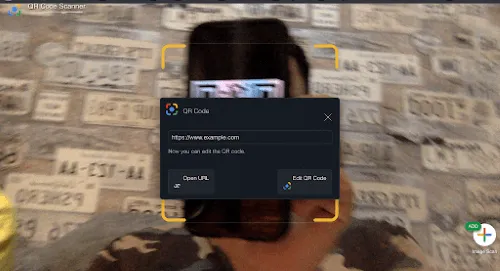
QR codes are extensively used in all forms of marketing and advertising campaigns. Brands and marketers encode QR codes with links, videos, coupons, or other call-to-action content to capture consumer attention.
Though scanner software complexity has increased exponentially, the basic QR scanning process remains straightforward:
Scannable QR codes make it fast and easy for customers to access additional product information online or via mobile apps. This convenience factor is a big reason companies have embraced QR codes as part of their advertising strategy.
QR codes now play a significant role in various cashless payment systems. By scanning a vendor's unique QR code, customers can quickly pay for goods or transfer funds. QR code payments are huge in countries like China, where services like Alipay and WeChat Pay have driven adoption. They are also becoming more common for tipping, donations, and peer-to-peer transfers.
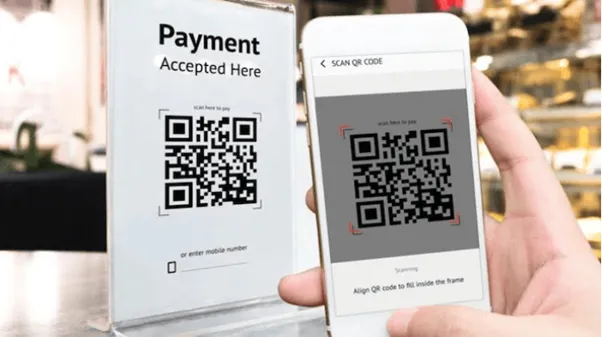
Sporting events, concerts, conferences, and other hosted occasions rely on QR codes for easy attendee access. QR codes can be integrated into tickets and passes for frictionless entry by simply scanning the code.
Event organizers can embed important data like seat numbers, dates, venues, and parking info into the QR code to facilitate entry. Some events leverage QR codes to upsell concessions or merchandise.
Schools frequently use QR codes to share educational content with students as it offers an interactive mobile-friendly experience. QR codes placed around campuses, in libraries, or in worksheets allow learners to quickly access additional digital information that enhances the curriculum. Educators can update materials in real time by reprogramming dynamic QR codes.
In healthcare, QR codes can be linked to patient health records, insurance information, and lab results to conveniently transmit data between medical professionals. Patients check into appointments by scanning a QR code, which also helps healthcare providers track and control the flow of visitors. QR codes support healthcare delivery, especially during the pandemic.
Eateries can print a QR code menu, which diners simply scan to view menu options and order food digitally. This reduces printing costs for disposable menus and makes updating menus easier compared to traditional methods. Paying the bill via a restaurant’s QR code is also standard practice now.
QR codes on product packaging provide quick access to additional item details like instructions, nutritional information, warranties, and manufacturer info. Scanning a code makes the product experience seamless while allowing brands to communicate value. QR codes are commonly placed on food, electronics, apparel, and beauty item packaging. As this small sample indicates, QR codes have a vast range of capabilities, limited only by creativity. Their versatility will continue to enable innovative applications across industries.
The primary feature of any QR code scanner is the ability to use the device's camera to capture an image of a QR code. This allows the scanner to analyze the encoded pattern and interpret the data.
- Auto-focus to quickly hone in on QR codes
- Manual zoom capabilities
- Scanning overlays and guides to aid positioning
- Torch/flashlight mode for low-light conditions
- High-resolution cameras for clear image capture
- Multi-frame scanning to improve read rates
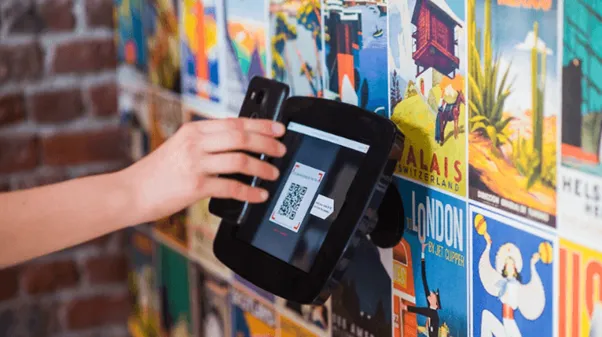
:
Once the image is acquired, the scanner software then decodes the QR code by converting the captured pixel values into binary data. Sophisticated decoding algorithms identify and extract the encoded payload with maximum accuracy.
- Supports all common QR code versions and error correction levels
- Advanced image processing filters out noise, glare, motion blur
- Multi-stage scanning precisely identifies finder patterns
- Handles damaged codes by recovering data from error correction redundancy
- Decodes QR codes at any orientation or angle
:
The visual interface guides the user through the scanning process via the smartphone screen. Intuitive design indicates ideal positioning and provides instant feedback when a code is successfully scanned.
- The viewfinder shows a live camera image of the target QR code
- Dynamic guides facilitate the proper positioning of codes
- Visual or vibrating cues confirm successful scan -Overlay corner markers ensure code is fully visible in the frame
- The history tab lists previously scanned codes
:
Once decoded, the scanner performs an action based on the type of data encoded in the QR code.
- Open web URL in mobile browser
- Dial phone number
- Send SMS text message
- Add contact information to address book
- Show QR code contents text
- Open the map app at the scanned location
- Launch another app and pass along decoded data
- Insert Wi-Fi login credentials
- Copy data like Bitcoin wallet address to the clipboard
:
To scale deployment, enterprise scanners offer management functionality like:
- Dashboard for monitoring all codes and analytics
- Role-based access control for usage by teams
- QR code campaign scheduling
- Mass code generation and editing
- Category organization and tagging
- API/SDK integration with other systems
- Data and activity log exports
:
Advanced scanners provide usage analytics like
- Number of scans
- Scan locations
- QR code performance metrics
- Popular scan times
- Source traffic data
This allows tracking engagement with individual codes. Analytics empower data-driven usage of QR codes.
:
For sensitive use cases, security features include:
- End-to-end data encryption
- Code authentication to verify validity
- Restrict scans to approved devices or users
- Protected access via passwords or permissions
- Usage audits and change logs
- Blocking inappropriate or abused QR codes
:
For intermittent connectivity, scanners provide:
- Cache frequently used codes locally
- Queue code actions while offline
- Sync scans when the network is accessed again
This allows scanning even without consistent internet access. The wide range of scanner features enables broad use for consumer and enterprise applications. Users can find QR code scanners with the specialized capabilities they require.
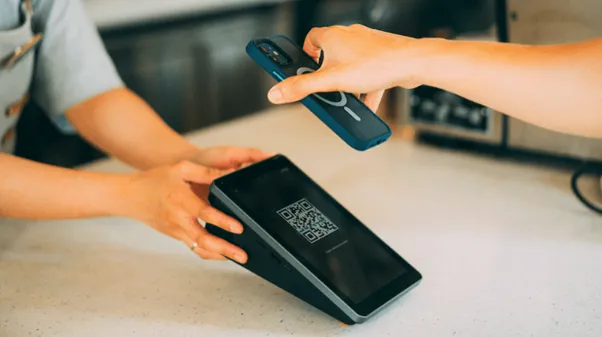
There are different types of QR codes that allow encoding of specific kinds of data:
- Numeric: Encodes numbers 0-9
- Alphanumeric: Encodes numbers, upper case letters, and some symbols
- Byte/Binary: Encodes any ISO 8859-1 character
- Kanji: Encodes Japanese characters
In addition, there are:
- Structured Append: Splits data across up to 16 QR codes
- FNC1: Converts QR code to GS1 barcode format
QR codes can use multiple encoding types together if properly formatted. The scanning device automatically detects the encoding type used.
QR codes have many uses across different industries and applications:
- Link to product information pages
- Display coupons or special offers
- Launch videos or social media campaigns
- Download mobile apps or games
- Scan to pay at checkout
- Link to digital wallets or payment profiles
- Securely transmit payment information
- Encode event details like date, time, location
- Link to register or buy tickets
- Share schedules and maps
- Provide supplemental learning materials
- Link to online resources and videos
- Share contact info and office hours
- Store patient health records
- Share lab results or prescriptions
- Link to telehealth apps
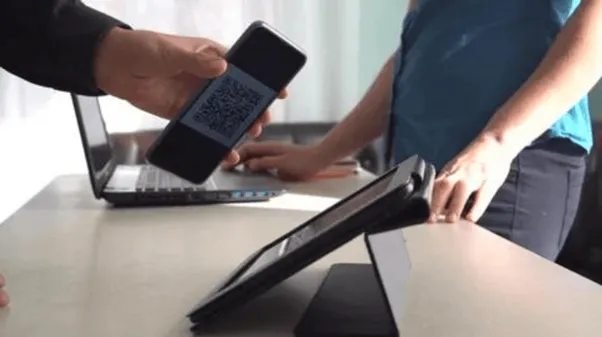
- Ensure you are within the proper scanning distance range, usually 5-20 inches away
- Clean camera lens which may be blurry, smudged, or have residual oil or dirt
- Hold the device steady and resize the code in the frame until the scanner can focus properly
- Enable auto-focus features if available in your code scanner app
- Improve lighting conditions if the camera is struggling in low light
- Move the device closer to the QR code until it appears large in the viewfinder
- Zoom in using camera controls until the code is sized appropriately
- Resize the code itself to be bigger if possible
- Place the code on a flat surface and scan straight on versus at an angle
- Print code on flexible material that can be flattened out when scanning
- Curve phone angle to match rounded surface bearing code
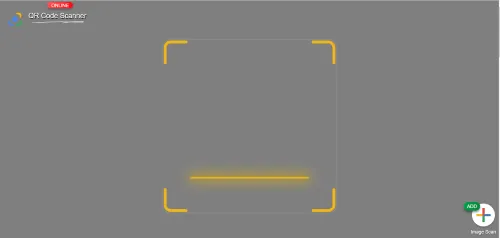
- Keep hands steady and code centered in the viewfinder for a couple of seconds
- Upgrade to scanner app with faster recognition capabilities
- Reduce distance and angles that may skew the perspective
- Remake code with larger modules and less dense data patterns.
- Reprint code if possible or replace code if it is too obscured physically
- Try scanning from multiple angles in case damage is only in certain areas
- Enable read recovery modes in the scanner app to reconstruct from error correction data
- Create shade over code with a hand or other object to reduce glare
- Scan codes indoors or in covered outdoor areas when possible
- Enable torch/flash mode on camera to illuminate code better
- Regenerate code with fewer characters if the data amount allows
- Increase code version/size and lower error correction level
- Break data into multiple QR codes if a pattern cannot be simplified
- Upgrade to a newer device model with native QR recognition
- Install or reinstall a reliable QR scanner app suited for your device
- Allow camera app permissions required for automatic scanning
- Re-scan the code and directly choose the desired app to open a link
- Update your device's default app associations if incorrectly set
- Verify source content matches generated QR code data
- Regenerate code with corrected data and update printed versions
- For dynamic codes, confirm landing page has the latest data
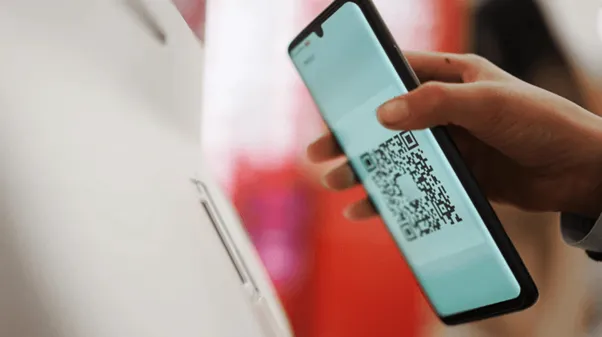
Behind every QR code sits a capable scanner waiting to extract meaning from those encoded black and white pixels. As scanners advanced in accuracy, speed, and versatility, the usefulness of QR codes expanded in kind. This symbiotic relationship between code and scanner will continue driving a world where information is instantly accessible via a quick scan. Just as the QR code carved an enduring place in the physical world, the evolution of scanning technology to match ensures the QR’s importance in bridging the physical and digital will only grow.
- Optical barcode scanning provided the foundation for QR code reader development
- Camera phones enabled widespread consumer QR code scanning
- Specialized scanners excel in speed, accuracy, and connectivity beyond phones
- Scanners interpret visual QR code patterns by converting them to binary data
- Myriad consumer and enterprise applications benefit from QR code scanning
- Carefully selecting optimal scanners matching needs is imperative
- Following best practices ensures maximum performance and value
- Scanner security is paramount as codes gain prevalence across industries
- Scanner innovation continues progressing in tandem with QR codes